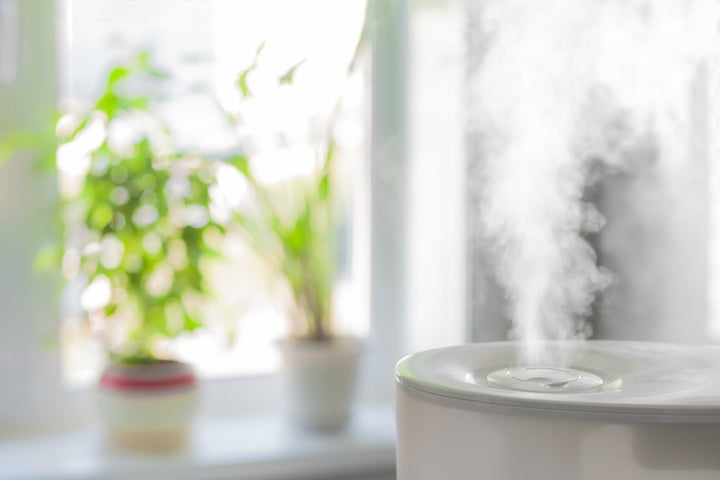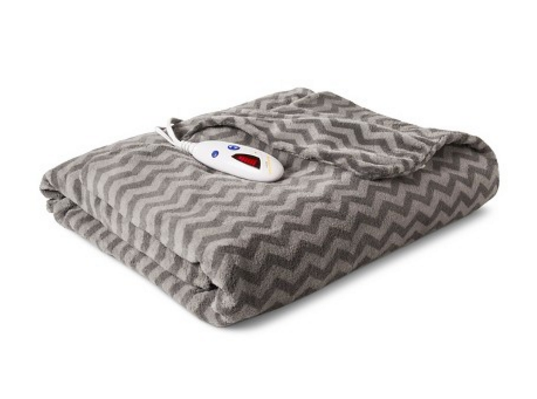
Static hair, nosebleeds and cracked skin are all signs that dry, cold winter weather has arrived. Great.
People with seasonal allergies may notice other discomforts like irritated sinuses or eczema, too, according to Anju Peters, an allergist and immunologist at Northwestern Memorial Hospital.
One solution that can provide relief? The humidifier.
Basically, it’s a small machine that puts moisture back in the air, Peters explained. “You may feel more comfortable breathing. Your nose might feel better. And your skin might feel better,” she said.
They can be really helpful for people who live in cold, dry climates, Peters said.
But humidifiers are not necessarily a cure-all for everyone, she added. And they won’t necessarily help you get over a cold any faster.
“Most [winter colds] are viral infections that need to run their course,” Peters said. A humidifier may make it feel more comfortable if an infection causes dryness ― but they haven’t been proven to actually help you heal, she explained.
Here are five tips for getting the most out of your humidifier:
1. Keep humidity between 30 and 50 percent
Putting moisture back in the air is what provides relief to dry, irritate skin and nasal passages, but too much moisture can invite a host of other problems, like dust mites and mold. The Environmental Protection Agency recommends keeping humidity below 50 percent. And keeping humidity above 30 percent should still feel comfortable, Peters added.
And look for any signs of condensation (on windows or other surfaces) ― a sign the air is too moist.
2. Change the water daily
Mold and bacteria grow in standing water, Peters explained. Changing the water in your humidifier often ― Peters suggests daily ― prevents such unwanted growth from escaping into the air.
3. Clean it ― often!
Follow your humidifier’s directions on the best way to clean it. Typically wiping down the inside of the machine with disinfectant or bleach every three or four days works best, Peters said.
4. Use distilled water
Tap water may have minerals or other particles in it that may make it easier for mold and bacteria to grow, Peters said. Using distilled water helps keep your humidifier growth-free.
5. Skip it if you have mold or dust mite allergies
More humidity can invite mold and dust mites, Peters explained. That’s not good for anyone, but particularly for people with mold and dust mite allergies, even small traces of the irritants can cause big problems. Peters recommends people with these allergies use saline solutions or moisturizers to deal with dryness and irritation instead, she said.
Sarah DiGiulio is The Huffington Post’s sleep reporter. You can contact her at sarah.digiulio@huffingtonpost.com.
